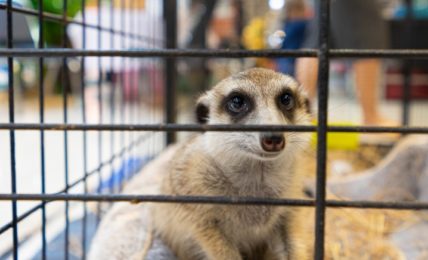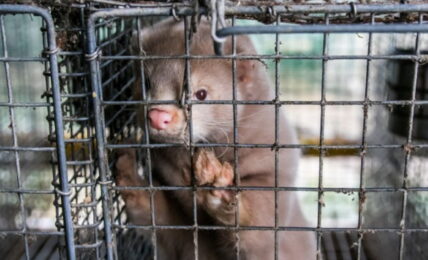Il lupo e il cacciatore che si credeva invincibile: una storia stupida e due libri che non t’aspetti per capire un animale sconosciuto
Finché un'arma ci farà credere onnipotenti non riusciremo mai a capire il lupo. Ecco invece non solo due libri, ma anche un film ed un sito per conoscere il lupo e imparare a conviverci.





